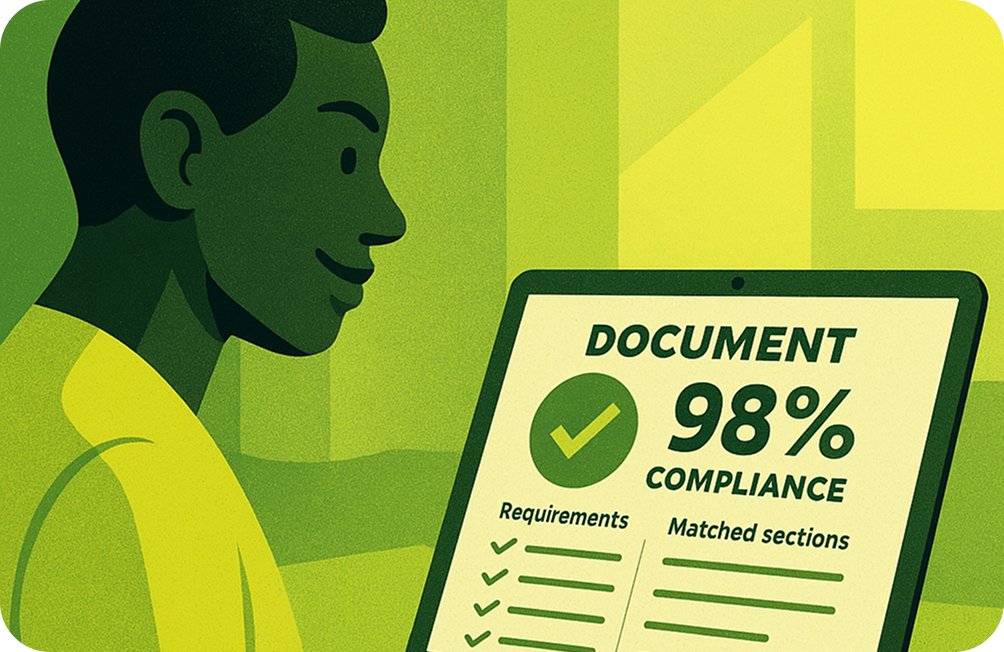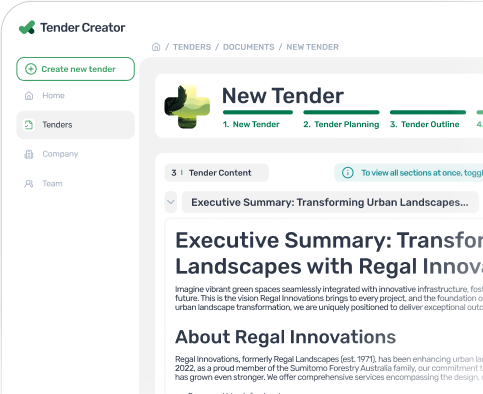The Template Trap
A typical situation happens when a major tender deadline approaches on Monday and your team needs to rush through old submissions while copying content from previous bids. Sound familiar? You're not alone.
Australian tender teams currently rely on copying and pasting previous bid content in hopes that it fits the current requirements. The process seems efficient at first until you recognise that your submitted work contains incorrect client information and outdated capabilities alongside incomplete evaluation criteria.
Teams have lost millions because they spent all their time reusing outdated content instead of understanding what the buyer actually wanted. The traditional template method has evolved from being ineffective to becoming an actual disadvantage in competitive bidding.
The Hidden Cost of Template Dependency
The use of templates appears to be a convenient time-saving method but it actually functions as a productivity obstacle. Business Queensland government guidance explains that tender response success demands specific examples demonstrating how you fulfill selection criteria instead of general statements about fulfillment ¹ which templates lack the ability to produce.
The true expense goes beyond the work required to transform previous content. Your failure to deliver relevant information results in lost opportunities because your response appears unoriginal and out of date and fails to meet the buyer's actual needs.
Every company using the same template-based strategy makes it impossible to differentiate your approach. You don't. Your submission joins countless identical bids that present no unique features.
Manual editing of templates generates additional complications that outweigh any potential benefits it might provide
The amount of mental effort needed for reviewing templated documents reaches extreme levels. Your mental workload includes continuous task-switching between multiple activities such as remembering changes and selections and additions and deletions. The process of editing drains your ability to think strategically because it requires excessive mental effort.
Organisations face increasing RFP and strategic response volumes according to APMP and Responsive research because buyers demand more tailored responses (77% of organizations experienced this trend during the past year)². The traditional practice of copying and pasting no longer meets the rising demand.
The process of template editing creates a dangerous impression that everything is secure. You believe you have included everything but actually produce a disorganized response that fails to meet the buyer's particular needs.
How AI Changes the Game
AI tender writing functions to enhance human expertise rather than function as a replacement for it. Through artificial intelligence analysis of current RFTs AI produces draft responses that directly relate to the specific requirements.
The change is significant. AI operates by focusing on particular requirements while templates require you to start with generic content. The system recognizes the requirements of the buyer to produce responses that fulfill their specific needs.
Several major organisations have already started to experience positive results from their implementation. An executive in the 2024 State of Strategic Response Management Report reported that AI technology shortens the process of creating successful responses. The outcome delivered faster responses that proved both more precise and relevant to the requirements. These improvements led directly to increased revenue and win rates without requiring additional team members.²
Smart automation provides organisations with their main competitive advantage
The main distinction between AI-generated responses and template-based responses lies in the following characteristics:
Real-time compliance checking: The system continuously monitors your response to ensure all evaluation criteria are met so it can identify potential gaps before they develop into issues.
The AI system produces customised content that aligns with the buyer's industry and their unique requirements and challenges.
Each response upholds professional standards and allows flexible customisation of important sections.
The heavy content generation work done by AI systems enables your team to dedicate their efforts toward developing winning tender strategies including differentiation and value proposition development and strategic thinking.











